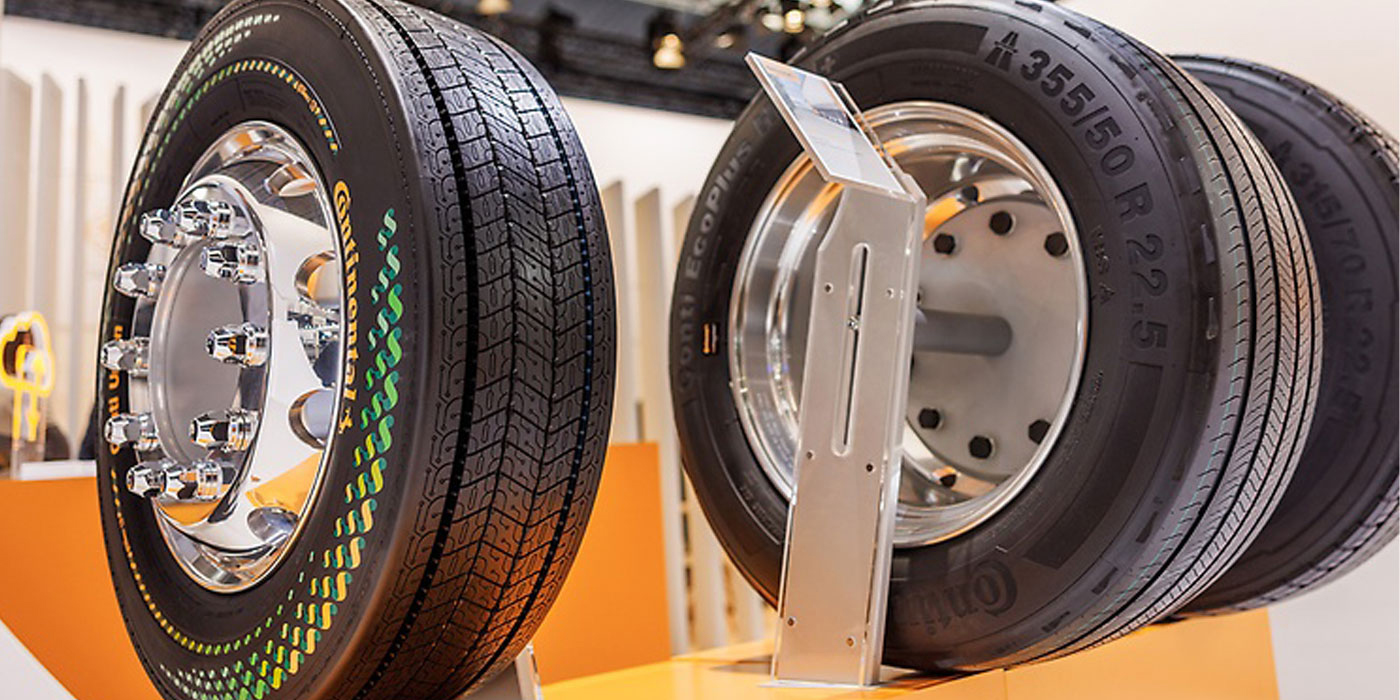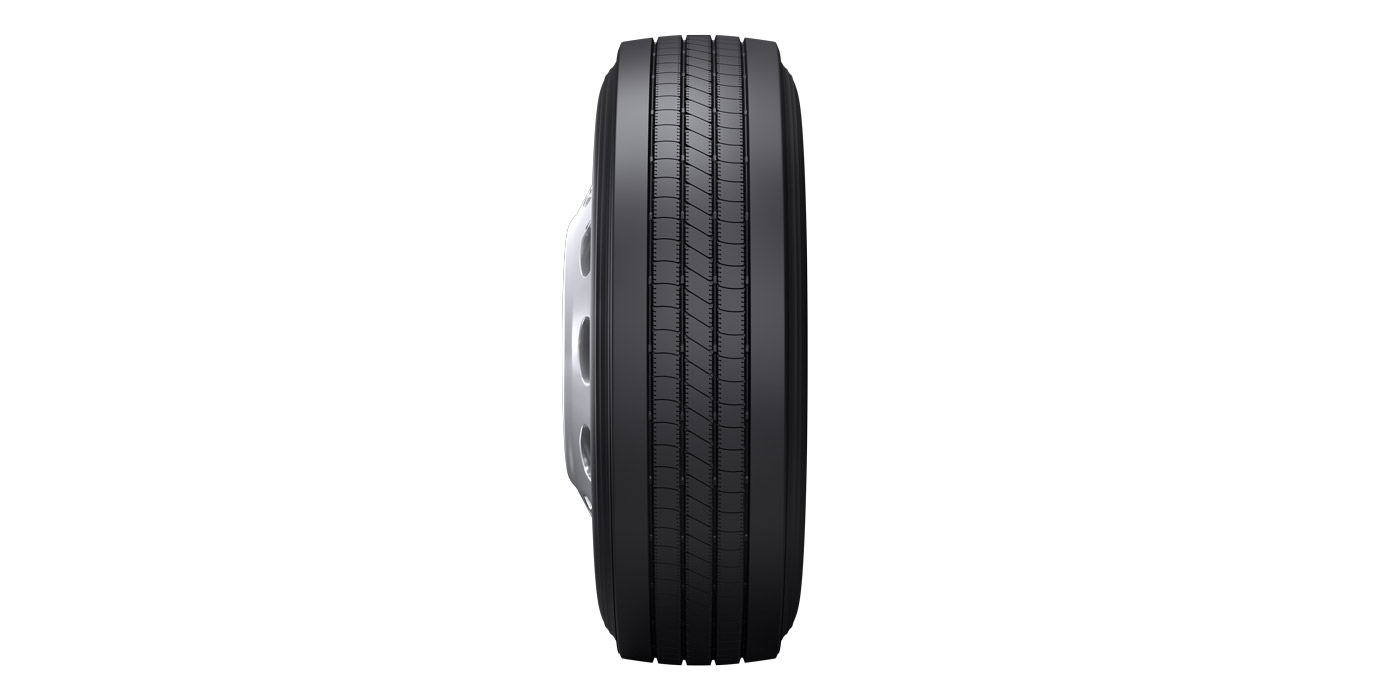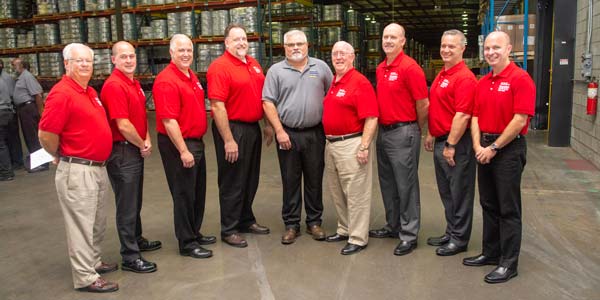Wherever the market for new truck tires decides it is headed, the retreading industry is hot on its heels.
Of course, that job is a bit easier for Bridgestone/Firestone, Goodyear and Michelin, because they are involved in both. But even their allocation of time and money must be measured carefully.
For companies like Bandag Inc. and Oliver Rubber Co. – despite its connection with Cooper Tire & Rubber Co. – the task is a bit more daunting. But they, too, are highly skilled at knowing what to do and when.
In 2005, it can safely be said that, while the number of retreaders has thinned to perhaps 850 nationwide, the amount of retreaded product is increasing per retread shop. In that sense, retreaders in North America are the most efficient and skilled in the world.
Does the existence of inexpensive, high-quality imported truck tires worry them? It would be a lie to say it doesn’t, but in today’s marketplace, it’s all a retreader can do to keep up with demand.
That’s the good news. The bad news is that the retreader is still being squeezed for the dollar it can get for its product and by the number of wheel positions out there for him to serve. For the moment, both of these issues are moot.
Speaking for Oliver, Ed Reading, vice president of retread products and export sales, says that the ability of retreaders to utilize their capacity won’t be driven as much by technology as by the market itself. “We are in a very aggressive market these days, and business is strong,” he says.
“Today, the level of sophistication varies from fleet to fleet,” Reading continues. “Yes, they operate on a cost-per-mile basis, but some do it better than others, which means the level of expectation varies from fleet to fleet. If they can outsource those decisions, and whoever handles that outsourcing can deliver, the fleet will do better.”
On the whole, Reading sees good things ahead for retreaders. “In combination with an aggressive market, money is still relatively cheap and tax benefits are out there for brick and mortar and equipment. I think that’s a pretty exciting opportunity for growth for a number of retreaders out there who are completely market focused.”
Still, Reading has a few reservations. In the face of an increasing number of high-quality imported medium truck tires, he sees no immediate problem for the retread industry in the U.S. But, long term, he sees it differently. “I think there is a long-term threat,” he says. “New tires from Asia are competitively priced, and the technology of their product is improving in quantum leaps.
“That said, the business for now will go to the retreader, who can show the customer it’s all about service,” says Reading. “That is something I call a ‘differentiator,’ and, for now, that advantage falls to the retreader in this country who understands the customer’s needs.”
Michelin Sees Growth
At Michelin Retread Technologies Inc. (MRTI) in North America, the big news centers on a new precure tread stock press at its plant in Covington, Ga. Not surprisingly, technology always seems to drive the Michelin engine.
According to Luc Minguet, chief operating officer of Michelin Americas Truck Tires (MATT), and Tom Brennan, president of MRTI, the new press is capable of producing one million pre-mold treads per year using Michelin’s co-extrusion technology, which couples two rubber compounds.
“An under-tread compound reduces casing heat, while the tread layer can be tweaked to enhance specific performance criteria,” says Minguet, “For now, only Michelin has this technology.”
Both Minguet and Brennan say the demand for the company’s retread products is accelerating, fueled by strong growth from existing franchisees, as well as the opening of 10 new MRTI plants in North America in the last 12 months.
“We foresee similar growth in the coming years, representing an additional demand of half a million treads per year,” says Minguet. “We have already launched a project to add another new press in 2006,” in anticipation of adding to its retreader roster.
“We want to work with something less than 100 shops in North America,” says Minguet, “and will push for more volume from each shop while adding more technology and capacity.” He says that 33% of MRTI’s 60 North American retreaders are running at maximum production capacity right now, and the rest are quickly closing in on that mark.
Minguet does not see retreading going away, even in the face of escalating importation of low-cost new radials. “No matter who and where you are in the global marketplace, we all have to face higher costs for raw materials,” he says.
Notably, MRTI now offers some 34 different pre-mold tread patterns, many of which are direct copies of current Michelin medium truck tires. “These application-specific tread designs, particularly those for waste haulers, are being well accepted in the market based on their performance,” says Brennan.
A Certifiable Reputation
Meanwhile, Scott Damon, director of franchise marketing systems for Bandag Inc., is presently in the process of getting all of his franchise holders ISO9001:2000 certified. “By the end of 2005, we will have 100 of our nearly 400 franchisees in North America certified,” he says.
“We are investing in our dealer network because more than 1,000 fleet locations are also ISO certified. On that basis, we believe that our fleet customers will find value in an ISO certified Bandag network that provides consistent, quality results across North America.”
Although Bandag is a major player, just one in four retread shops in North America is a Bandag franchise holder.
“We want to bring in more of the 75% who aren’t,” says Damon, “and believe we can do that by offering not only ISO certification but the promise of offering the largest utilization of non-destructive testing in the industry.”
Faced with ever-increasing pressure from fleets for a higher margin of profitability, Damon knows he must drive his company’s well-deserved reputation straight into the yards of the major fleets.
“Tires are the number-three cost for the fleets, and we know that we must come up with solutions for proper tire selection, whether it be a new tire, a retread or a non-tire-related service situation,” Damon says. “If I’ve got a Bandag franchisee in the yard, and the yard manager needs repair work on a refrigeration unit or fluid changes in a number of power units, I see it as our job to help our franchisee take an active role in solving the customer’s problems.”
As for the future of retreading in North America, Damon believes retreading will remain viable as long as the price differential between a new tire and a retreaded casing continues to provide value to the fleet customer.
“It’s all about the price point of a retread compared to a new tire,” he said.
Custom Approach
On the subject of fleet outsourcing, Damon says his franchisees can take a fleet out of the tire business immediately. But it’s going to take more than the traditional “cradle-to-grave” philosophy to retain and grow fleet business.
“We must find new ways to provide a more customized approach to our customers,” he says. “At the end of the day, it is all about user needs and value to the customer, not just price.
“We need to know what’s in the best interest of the end user and look back at the retreading business through the customer’s eyes,” he says.
In that spirit, Bandag has developed what it calls the Fleet Analyzer, both a Web-based or hand-held unit that captures tons of information. “Our franchisee can set up performance tracking evaluations, yard checks or an in-depth analysis of the fleet’s overall operation,” Damon says. “In this way we can look at a fleet in the way a fleet maintenance manager see it. We will know what works and what doesn’t, and that is a huge advantage.”
So all of this adds up to what?
There has been much sifting out in the retread industry in the last decade and those remaining are relying on technical innovation, increased capacity and finely honed fleet management techniques to build their businesses.
While the ever-growing global economy – and technology advances that improve lower cost imports – could put a halt to all that’s been accomplished, it seems more likely that the retreading business will not only hang around but experience adequate, if not healthy, growth in the foreseeable future.
At the same time, the retreading industry, as one supplier suggested, may have to find more differentiators if it is to remain a vital solution to truck fleet operating cost management.













